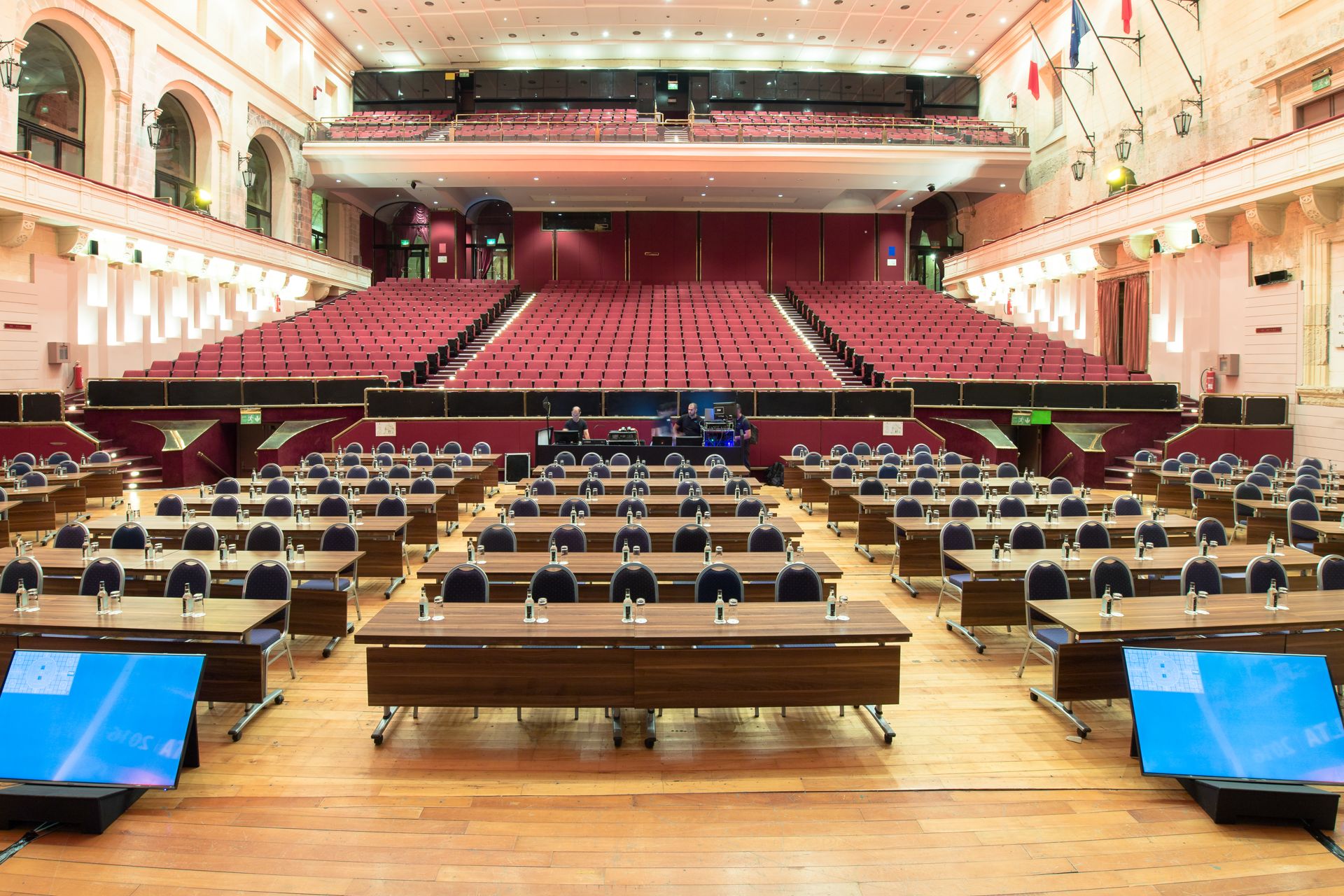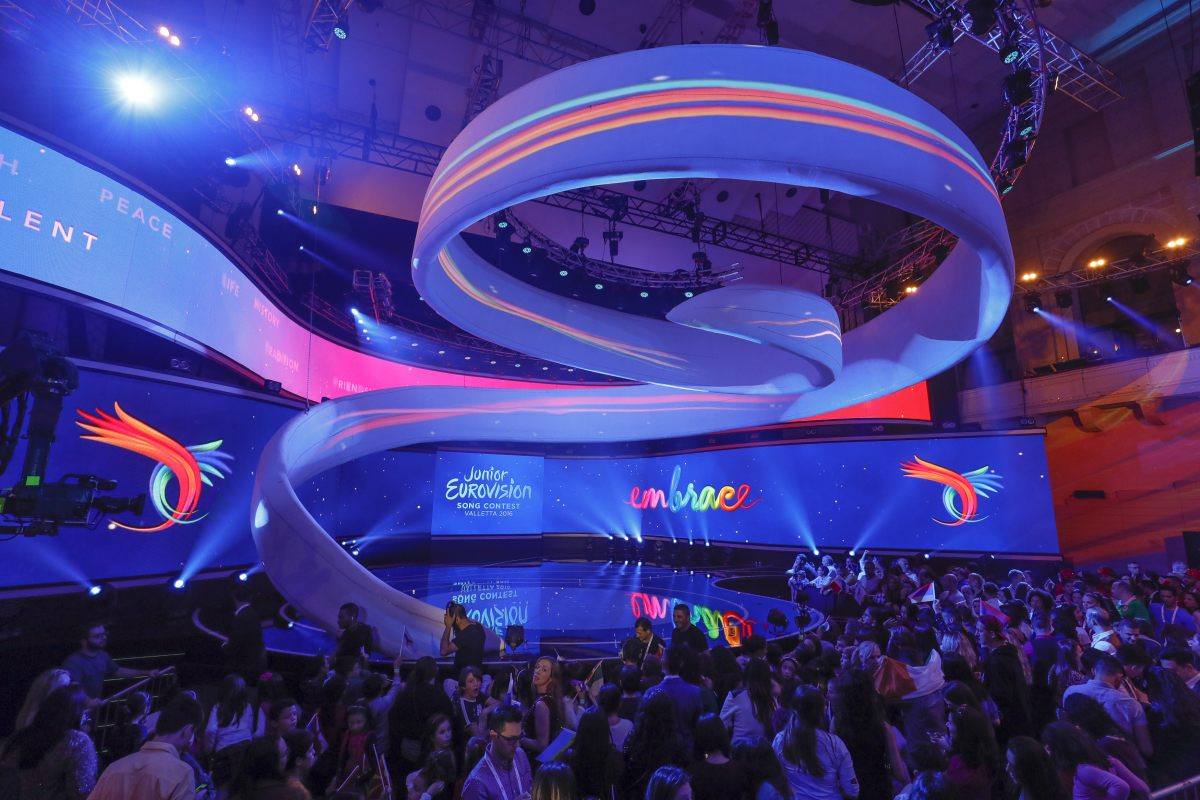Valletta’s long and elaborate history as Malta’s capital makes it a captivating city for any tourist visiting the Maltese Islands. Aside from its architectural beauty, each building in Valletta has a story to tell, some more than others.
While the city centre is usually bursting with tourists, the lower part of the capital is relatively quieter, despite housing historical marvels such as Fort Saint Elmo, the Lower Barrakka Gardens, Evans Building – set to become a hotel – and most notably, the Mediterranean Conference Centre (MCC).
The centre, which has housed various events and conferences over the years, offers an area of 8,000 square metres, boasting multiple spaces such as Republic Hall, La Valette Hall, seating 1,400 and 900 respectively, together with smaller ones suited for receptions and more modest conferences and seminars. Today, the MCC caters for corporate events, weddings, theatre productions and conferences.
Built in the 16th century by the Knights of St John, believed to have been developed under the guidance of Maltese Architect Girolamo Cassar, the building was originally known as the Sacra Infermeria, meaning Holy Infirmary. Originally, it was meant to receive Maltese and foreign patients, together with providing lodging for pilgrims heading to the Holy Land, and also housed two pharmacies.
Under Grand Master Raphael Cotoner’s reign, as well as his successor’s, Nicolas Cotoner, the infirmary was extensively enlarged, with more wards being added, and the 'Old Ward' also being extended. The latter’s reign also saw the establishment of a School of Anatomy and Surgery, where a dissection room was also built, yet was later on moved to the site of the graveyard outside the infirmary.
There were other works on the building under the Order, with a quadrangle, the Chapel of the Blessed Sacrament, a laboratory, and a pharmacy all being constructed.
The building also underwent significant changes during the French occupation, such as improved ventilation, sanitation, and lighting. Once the British took over, it became a hospital to accommodate the wounded British soldiers being brought in by ship, particularly because of its strategic location overlooking the harbour. It was heavily used during the Napoleonic Wars, the Crimean War, and the First World War, leading to Malta being dubbed the “Nurse of the Mediterranean”.
Afterwards, it became the headquarters of the Malta Police Force in between the two World Wars, and was partially destroyed after it took four direct bomb hits in the Second World War.
The building was restored on multiple occasions over the course of the 20th century, yet full restoration took place between 1978 and 1979, after which the current centre was inaugurated. The MCC was given international recognition through the “Europa Nostra” award, granted for the blending of fine old architecture with modern technology.

MCC's Republic Hall / MCC
Over the years, it has housed many conferences, meetings and events, ranging from the Commonwealth Heads of Government Meeting in 2015, to the Junior Eurovision Song Contest of 2016.
The MCC’s original main hall was once the largest hall in Europe with a length of 145m, and also features a monumental staircase designed in form of flight, going down against a wall that then turns midway opposite the other side of the wall. The building’s corridors and underground halls feature vaulted ceilings that take the shape of a cross.
Pierre Fenech, CEO of the MCC, last year said year that the building’s selling point is its “uniqueness”, together with the service it provides.

The Junior Eurovision Song Contest 2016, held at MCC / Facebook
When taking into account the considerable number of tourists that flock to Valletta’s centre on a daily basis, the lower area of the capital is significantly quieter, and arguably even more indicative of the Malta of old. This makes the MCC, with all its architectural glory, together with its surrounding area, truly a hidden gem for anyone visiting Valletta.
